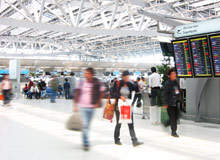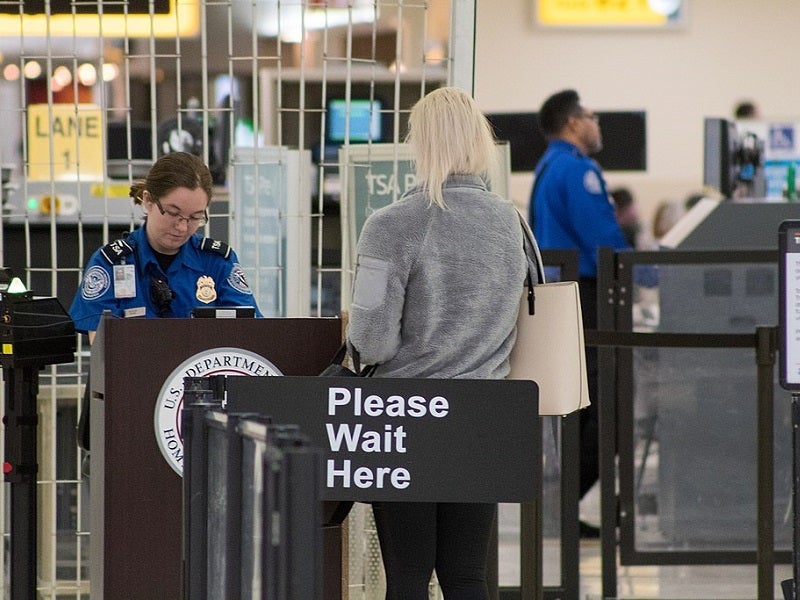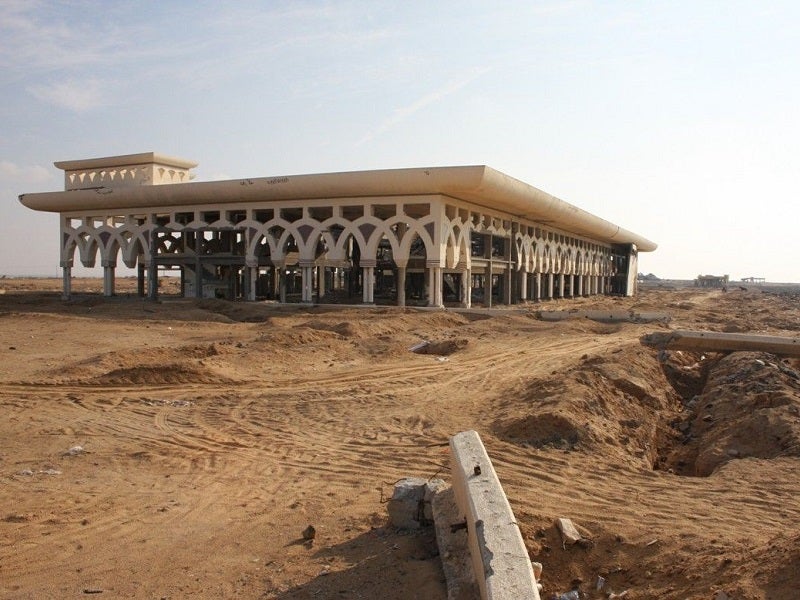
Walking through metal detectors, being asked if baggage may have been interfered with and even taking off shoes have become standard procedures that airline passengers are familiar with. Many passengers find these measures reassuring, but are they ensuring passenger safety or merely covering the airport if an attack rears its ugly head?
Airport security, says industry experts, is too narrow focused, politically charged and dominated by procedures put in place as reactions to past events instead of being used to plan for future threats. Although the focus has shifted back on to security following the 9/11 terrorist bombings on New York’s World Trade Centre, airports are still left wide open to attack.
At Arena International’s Counter Terrorism and Security conference in London, Philip Baum, managing director of UK-based consultancy firm Green Light, said a radical overhaul of airport security that breaks with tradition and adequately protects against today’s threats is required the world over.
“We are devoid of common sense and trapped by political correctness and reactive measures,” Baum says when describing today’s security measures. “Everyone has become focused on security checks and it is an outdated approach that needs to change.”
Out with the Old
See Also:
History reveals that procedures now in place have become commonplace because of past events, but the reactions of airport authorities have sometimes been misguided. For example, after the Pan-Am Flight 103 bomb that killed 270 people in 1988, a surge in focus was given to screening checked baggage despite the explosion stemming from a bag checked into the hold.
How well do you really know your competitors?
Access the most comprehensive Company Profiles on the market, powered by GlobalData. Save hours of research. Gain competitive edge.

Thank you!
Your download email will arrive shortly
Not ready to buy yet? Download a free sample
We are confident about the unique quality of our Company Profiles. However, we want you to make the most beneficial decision for your business, so we offer a free sample that you can download by submitting the below form
By GlobalDataFollowing the attempted ‘shoe bomb’ in 2003, when a US citizen attempted to destroy a Boeing 767 flight from Paris to the US, a new focus was given to locking cockpit doors and making passengers take off shoes at security gates. But, Baum says, the threats these incidents represented were nothing new.
“These changes have all happened where flights to or from the US have been involved,” Baum says.
But where similar international events have happened in the past, for example when a Korea Airlines jet was blown up with liquid explosives in 1987 or an attack in Panama killed 21 in 1994, lessons were not learnt so fast.
Out of three planes hijacked from October to November 2009 – Egypt Air on 21 October, Al-Saeeda Airline Company on 24 October and Somalia’s Diallo Airlines on 2 November – none of the protagonists in these incidents were aided by weapons they took on the planes. Over-reliance on metal detectors, therefore, becomes an expensive and only marginally effective safety measure.
In with the New
Baum says airports should not stand in the shadows for fear of being labelled discriminatory; instead, they should employ active positive profiling. Instead of one mass crowd at security check-in, which can create fresh risks, passengers should be screened on the perceived threat they represent.
“We need three lanes of security checks with perceived low risk, medium risk and high risk passengers, who are those we can’t easily identify why they would be travelling,” Baum says.
Rafi Ron, former head of security and former head of security for Tel Aviv Ben-Gurion International Airport, says that profiling could work if it was implemented carefully and not based on race. But governments shy away from the idea.
“Governments are avoiding the idea of selection as they are terrified it will lead to discrimination,” Ron told airport-technology.com at the Arena International conference.
Baum says that the technique of profiling is bound by political correctness that could be overcome with proper training of airport staff. He says that if it has been proven to work then airports have a moral obligation to implement it.
In addition, Ron argues that even though no-expense-spared metal detectors may go some way in protecting flights, in about 80% of airports in developed countries there is inadequate security around the perimeter fence. This allows no end of possible threats to enter the runway and terminal areas.
Holistic Approach
The focus, it seems, needs to be much broader. Passengers should remain at the centre of activity, but the emphasis should move away from pure terrorism to encompass any threat a disruptive passenger might represent. Aircraft must be protected, but so too must the airport.
By relying on procedures that proved successful at a recent threat, pre-emptive thinking should be employed. The carrying of explosives inside one’s body, for example, is becoming a real danger that can overcome modern security checks.
Privacy issues for the mass public will need to be addressed. Going forward, only a holistic approach to airport security will be sufficient.






